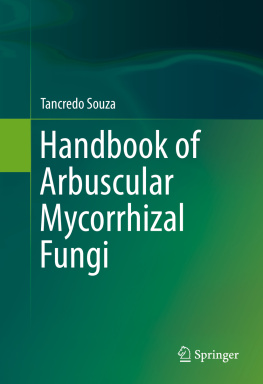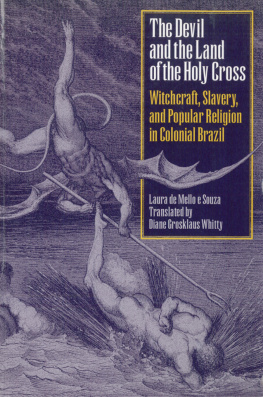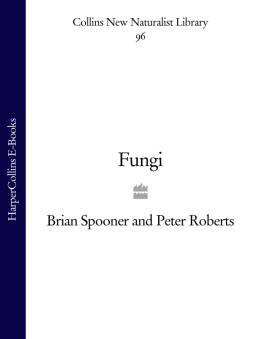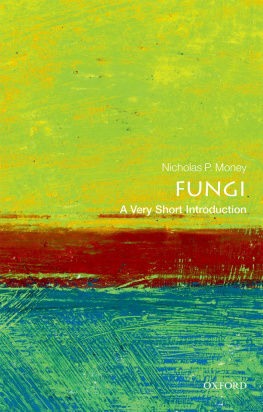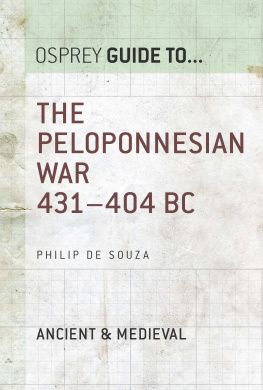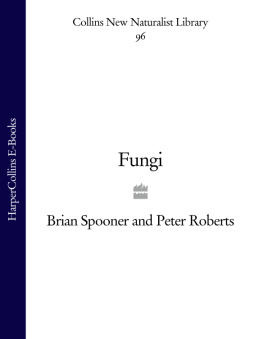1.1 Arbuscular Mycorrhizal Fungi: Who Are They? Where Do They Live?
Arbuscular mycorrhizal fungi (hereafter AMF), phylum Glomeromycota, are obligate root symbionts that are present in most terrestrial ecosystems and establish a mutualistic symbiosis with several plant species around the world (Lekberg et al. ).
We can find AMF associated with host plants in several habitats, such as tropical forests, grasslands, shrublands, scrublands, temperate forests and highly anthropogenized habitats. They exhibit different community composition and functions (pik et al. ).
1.2 What Is Their Biological Characteristic?
AMF are strongly dependent on their host plants, being incapable of growing independently (in nature or axenic culture) (Fitter ).
AMF are a monophyletic group. They share a common feature: the formation of a framework for the exchange of nutrients between the symbionts, the arbuscules (Smith and Read ).
Arbuscular mycorrhizal fungi usually have the mycelium absent from septum, but occasionally you can find it in senescent mycelium parts, especially in genus Diversispora, Gigaspora , Racocetra and Scutellospora (Schler and Walker ).
Table 1.1
AMF main structures and functions
Structure | Function |
|---|
Arbuscules (intracellular) | (1) Interaction with the host plant |
(2) Biochemical regulation and carbon, energy and nutrients exchanges |
(3) Structures vary accordingly to the existing orders ( Archaeosporales, Diversisporales, Glomerales and Paraglomerales ) |
Vesicles (intraradical)a | (1) Storage of energy-rich compounds lipids during the development of mycorrhizae |
(2) Responsible for the maintenance and growth of the fungus after stoppage of root metabolic function |
Auxiliary cells (extraradical)b | (1) Fragile cells responsible for lipid storage |
(2) Macromolecules provide carbon for the formation of spores during the sporulation |
Hyphae (intraradical) | (3) Establish the infection units in the roots of the host plant |
Hyphae (extraradical) | (1) Responsible for the absorption of nutrients and water from the rhizosphere |
(2) Provide new entry points along the root of the host plant |
(3) Responsible for produce new spores |
Spores | (1) Structures of survival and resistance |
(2) Responsible for the dispersal and establishment of AMF |
(3) Taxonomically valuable for AMF species identification |
Spore walls | (1) Important for growth, survival and spore dispersion in the soil |
(2) The outer layers are responsible for interactions with other microorganisms |
Germinative walls | (1) Directly involved in the events of germination |
Germinative structures | (1) Provides the structural basis for the germ tube to grow and break through the spore walls |
aStructures that are only found in family Archaeosporaceae, Glomeraceae and Paraglomeraceae
bCharacteristic structures of family Diversisporaceae
Along with the intraradical growth, it also occur a mass of external mycelium that grows beyond the host-plant rhizosphere. This mycelium network operates by searching limited resources, such as water and nutrients from the soil solution (Cross et al. ).
AMF spores are organized into outer wall, inner wall and pre-germination structures (from the outer to the inner structure, respectively). The standard colonization of these structures will depend on the fungal species in question, and differ dramatically in some genera. Another important feature of AMF is their formation of spores, which is not found in any other group of fungi. The spore varies according to the specific genera (Table ). AMF spores sizes ranges between 22 and 1050 m in diameter, being the largest spores produced by representatives of the Fungi Kingdom. Spores can be further divided into: outer walls, inner walls and pre-germination structures.
Table 1.2
AMF genera and their spore forms
Genera | Spore |
|---|
Mode of formation | Form |
|---|
Acaulospora | Singly | Acaulosporoid |
Ambispora | Singly | Acaulosporoid/glomoid |
Archaeospora | Singly | Acaulosporoid/glomoid |
Diversispora | Singly | Glomoid |
Entrophospora | Singly | Entrophosporoid; Peridium present |
Funneliformis | Singly | Radial-glomoid |
Geosiphon | Singly | Glomoid |
Gigaspora | Singly | Gigasporoid |
Glomus | Singly, in small clusters or sporocarps | Glomoid; Peridium present |
Claroideoglomus | Singly, or in small clusters | Glomoid; Peridium present |
Otospora | Singly | Glomoid |
Pacispora | Singly | Glomoid |
Paraglomus |

